The Australind Heritage Trail beckons travellers to slow down and savour this historically rich region.
The Leschenault Estuary and surrounding rivers have been home to the Elaap clan group of the Noongar Wardandi tribe or Yoongan Jarli Elaap (People of Elaap) and the Cultaa Yoongan Jarli (Mullet people) for more than 45,000 years.
Established in the 1840s, Australind is also one of the State’s first settled communities. Uncover colonial Western Australia heritage, from our connection with India for horse breeding, plans of a London-style city, and one of the smallest and oldest churches in Australia.
Please note that some buildings and properties are privately owned and are not open to the public.
Download the Australind and Leschenault PDF map here.

1. Elaap First Nation
This area is home to the Elaap – Wardandi Noongar people who lived around the Leschenault Estuary.

2. Australind First Settler Landing Stone Memorial Seat
This Stone Memorial Seat is located on the site of the landing of Australind’s first settlers in 1840 as part of the Western Australian Land Company initiative.
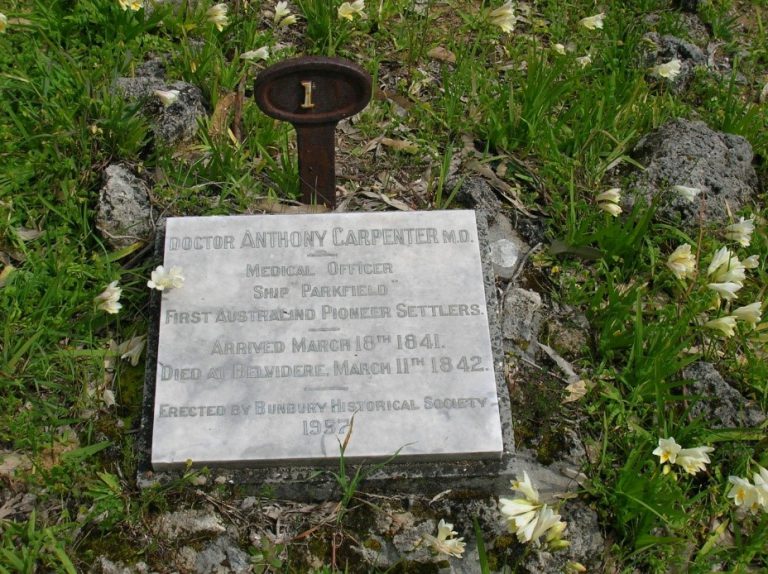
3. Australind Pioneer Cemetery 1842
Established in 1842, the historic Australind Pioneer Cemetery (previously Mt. Claremont Cemetery) is located on the crest of a limestone hill in Australind.

4. Australind Pioneer Memorial Park
The Pioneer Memorial Park was first planted circa 1843 by Lucy, Rachel and Caroline Clifton. Two of the three peppermint trees still stand, plus a fig tree brought from Tenerife Island in 1841.

5. Upton House 1844
State Heritage Listed Upton House is one of the oldest privately owned houses in Western Australia. It was built for Elizabeth Fry, an English social reformer once depicted on the Bank of England £5 note.

6. Henton Cottage 1841
The beautiful State Heritage Listed Henton Cottage is part of a set of three remaining buildings from the original Australind settlement. Originally, the Prince of Wales Hotel.
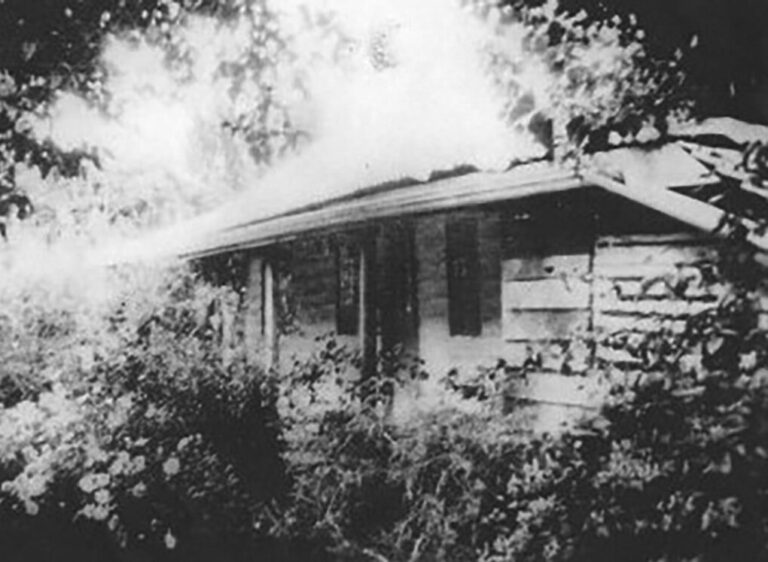
7. Dunne’s Homestead Historic Site 1850s
Located next to Henton Cottage was Dunne’s Homestead and Shed. When the Western Australian Land Company folded, the Dunne family moved into the empty Company Office and made it home.

8. Saint Nicholas Anglican Church 1840s
Saint Nicholas Anglican Church (1840s) is a State Heritage Listed pioneer church made of Jarrah and measuring only 3.8 × 6.7m. It claims the distinction of being the smallest church in Western Australia.

9. Benjamin & James Piggott Commemorative Plaque
Farmers, tanners and bootmakers Benjamin and James Piggott arrived on the Trusty in 1844. Benjamin settled on the historic Springhill Farm. James established Ditchingham Farm.

10. Meet William Pearce Clifton
Pearce Road is named after pioneer farmer, magistrate, and skilled photographer William Pearce Clifton.

11 Paris Road – Old Brunswick Road
Paris Road was named after Dr. Paris, a shareholder of the Western Australian Land Company in 1840. Originally, the road was known as Road 1303 or the Brunswick Road.

12. Break O’Day Farm & Travers Family
In the early days of European settlement, the land south of Paris Road before coming to the Brunswick River was the home of the Travers Family and Break O’Day Farm.

13. Lower Brunswick Bridge 1845
The Lower Brunswick Bridge, also known as the Paris Road Bridge, was the first bridge built in the South West to improve travel between Perth and Busselton.
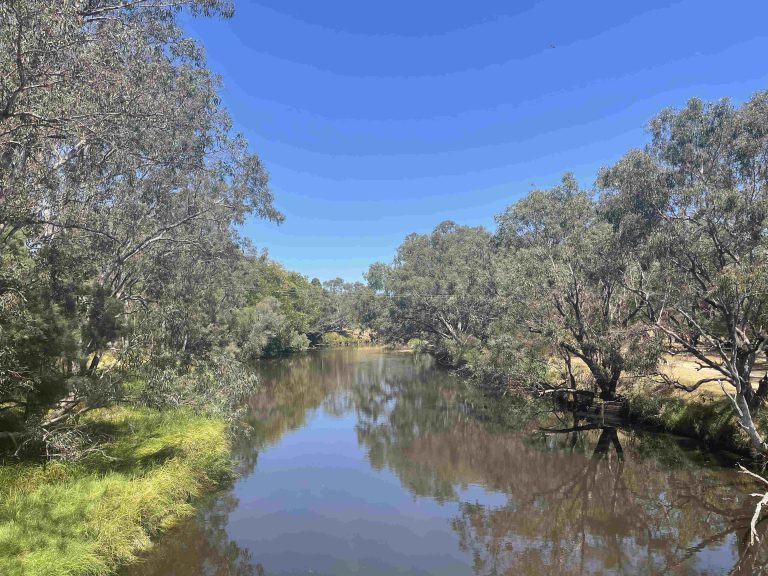
14. Lower Brunswick River – Mealup Bilya
The Lower Brunswick River is a significant site of our First Nation Noongar people, created by the Wagyl. It was considered a place of respite during Birak and Bunuru (summer) seasons, when they would fish the salt river for herring.

15. Ditchingham Farm
One of Australind’s first agriculture properties, Ditchingham Farm, was established by Dr Charles and Eldred Bedingfield and then, James Piggott. The homestead once stood east of the Lower Brunswick River.

16. Woodley Lake
Woodley Lake was once a part of Ditchingham Farm. For many years, the Woodley family, whom the lake is named after, managed the property on the Lower Brunswick River.

17. Wardandi Flora Reserve
Highly significant to our Wardandi people, the Wardandi Flora Reserve is an A Class Reserve located in Treendale and forms a part of the Kalgulup Regional Park.

18. Meet Thomas Treen
Treendale owes its name to Thomas Treen. Treen arrived in Australind in 1840 on the Island Queen as a surveyor for the Western Australian Land Company.

19. Point Lautour & Old Backwater 1830
Point Lautour and the Old Backwater wetland is a nature reserve which was a part of the first land grant in the area in 1830 to Colonel Peter Augustus Lautour.
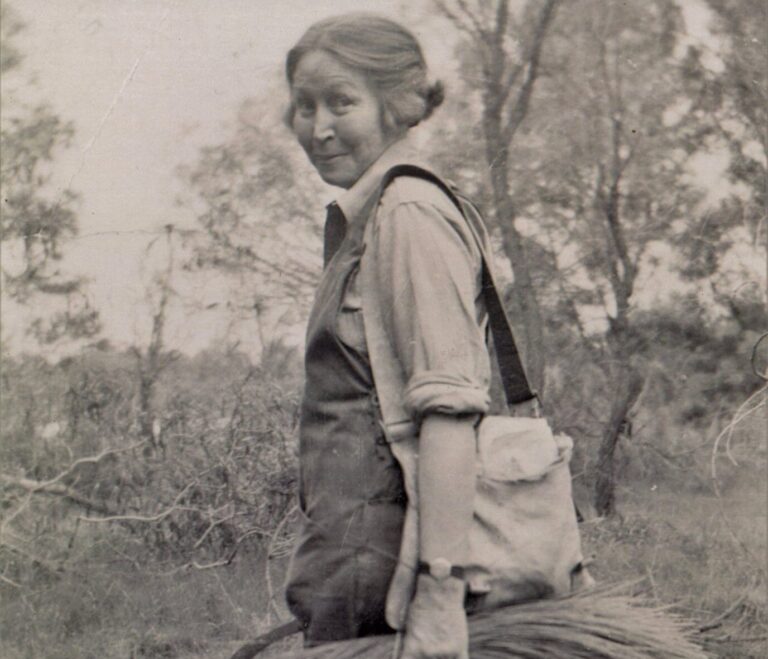
20. Meet Marjorie Ridley
Marjorie Alice Ridley (1897-1987) was a well-known identity and artist who lived alone on Eastwell Road, Australind, from before World War II until her passing.

21. Roseleigh Farm & Australind Tea Rooms Historic Site 1865
Elizabeth and Charles Wright established Roseleigh Farm overlooking the Leschenault Estuary. She operated the Australind Tea Rooms, also known as Granny Wright’s Tea Rooms.

22. Plunkett Place Historic Site 1920s
A small house from Wellington Mill that became the home of Alf Plunkett and his family.

23. Granny Hutchinson Cottage Historic Site
Known locally as Granny Hutchinson, Rose Ann Hutchinson (nee Breen) was a nursemaid to leading explorers and politicians, Lord John and Alexander Forrest, and later settled in Australind.

24. Doherty’s Place Historic Site
Named after Mary Elizabeth Doherty, the daughter of Charles and Elizabeth Wright, of Roseleigh Farm, and a previous owner of the land at this location.

25. Meet Christina Clifton
Christina Elinor Clifton, the granddaughter of Marshall Waller Clifton, devoted her life to being Australind’s postmistress for more than 55 years.

26. Eastwell Farm Historic Site 1840
Set on the banks of the Collie River, Eastwell was first purchased by Samuel Moore and then Marshall Waller Clifton. Learn about Old Collie Bill, who descended from Sir Thomas Gorst, and lived in a humpy camp here in the 1920s.

27. Leschenault Estuary & Australind Jetty
Formed only 8,000 years ago, a thin peninsula of sand dunes called the Leschenault Peninsula separated the ocean from the estuarine lagoon. The Australind Jetty was formerly known as Laporte’s Boardwalk.

28. Clifton Park Golf Course 1948
With the end of World War 2, a group of energetic golf members, including Dr. Albie Abbott and Mr. F.J. Flanagan, canvased the possibilities of securing land for a course in the Australind area. It is now the home of the Bunbury Golf Club.

29. Point Douro Nature Reserve
Point Douro is a significant place for the Elaap tribe who camped on its shores. Overlooking Samphire Bay in the Leschenault Estuary, it also forms part of the Collie River mouth.
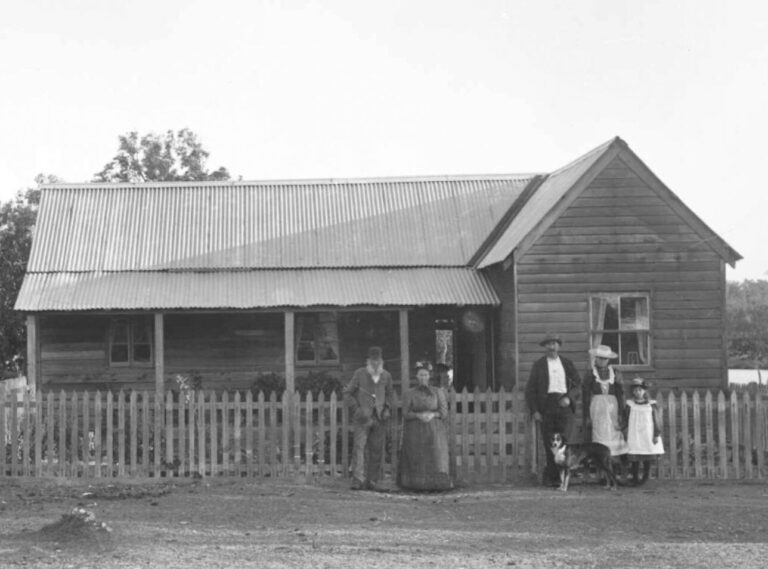
30. Greenwood Farm Historic Site 1839
Greenwood Farm was first settled by George Leake in 1839, one of Western Australia’s wealthiest first settlers, and a director of the first Bank of Western Australia.

31. Old Lower Collie River Bridge & The Collie River – Bila Borrigup 1848
Bila Borrigup is the Noongar name for the Collie River, where it meets the Leschenault Estuary. Since 1848, a form of the Lower Collie River Bridge has provided a crucial link between the settlers of Bunbury and Australind.
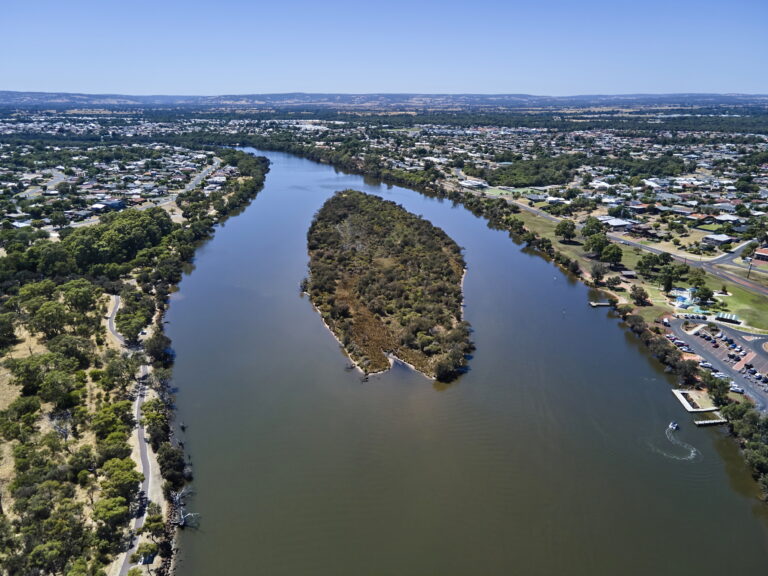
32. Alexander Island
At European settlement, Alexander Island and the Collie River were named after Dr Alexander Collie, a Royal Naval Surgeon, who was sent in 1829 by Governor Stirling on a voyage of exploration to the South West.
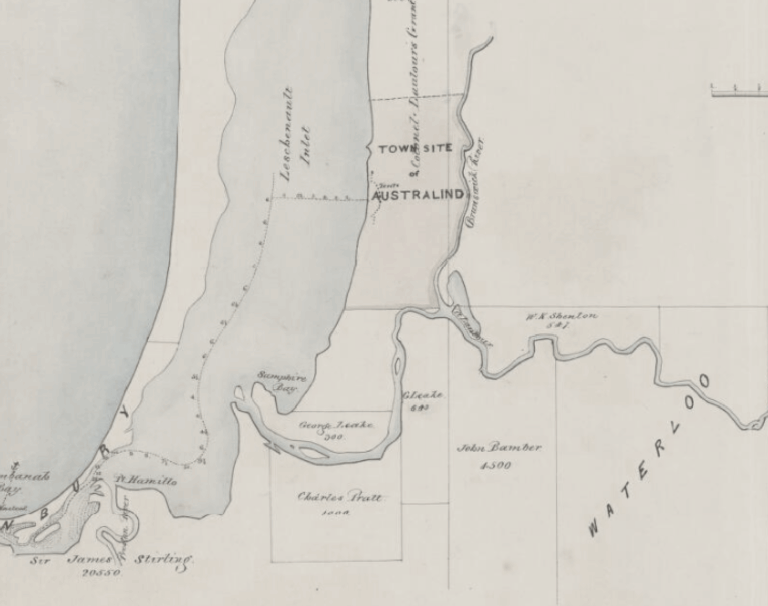
33. Shenton Cottage Historic Site 1830
Established in the 1830s, this site was the location of one of Western Australia’s first farms. William Kernot Shenton was a wealthy engineer and architect, he also had considerable holdings in Perth, including Old Mill in South Perth.

